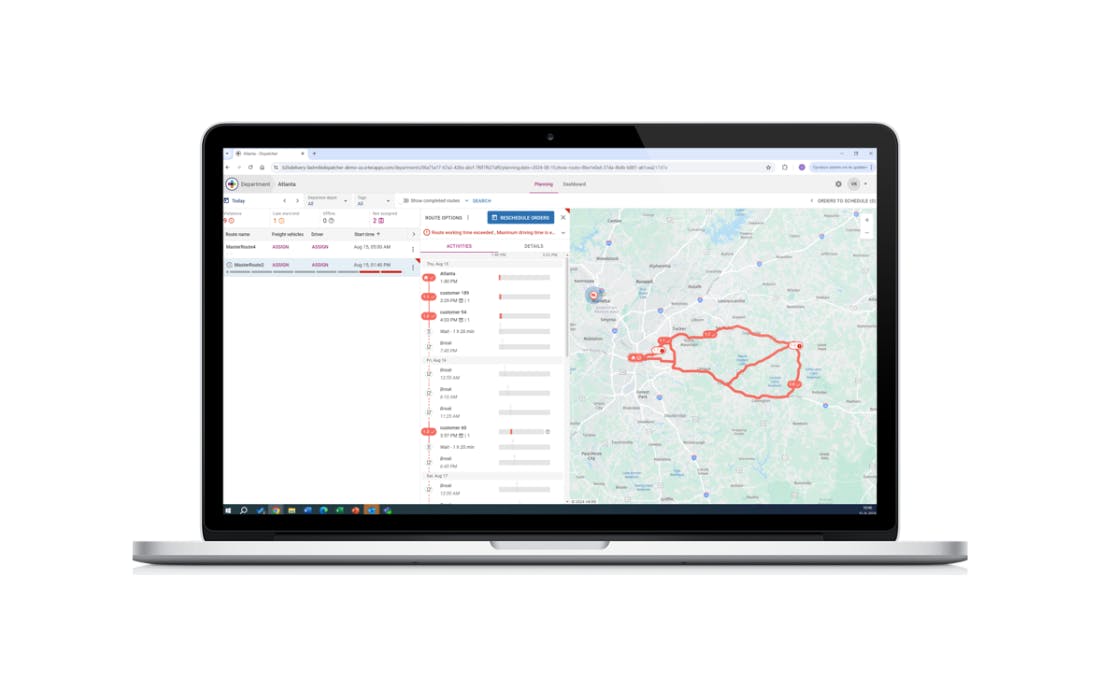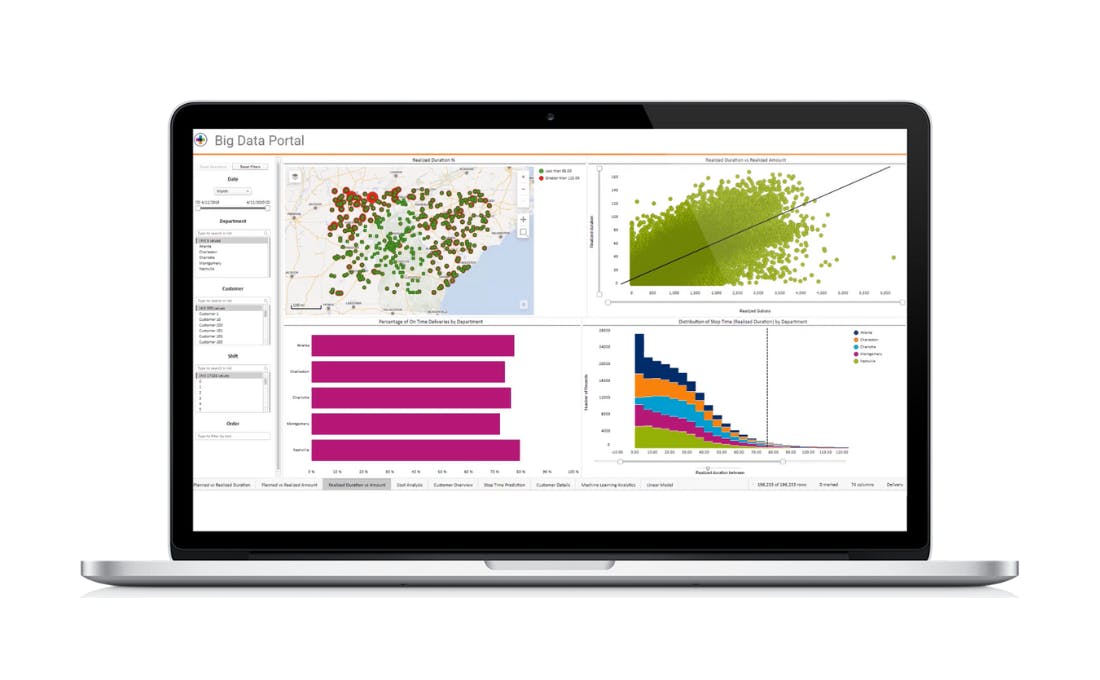Essential Components of Food Delivery Optimization
In the competitive landscape of food delivery, optimizing logistics is essential for success. Food delivery optimization involves streamlining processes to ensure that products reach customers quickly and efficiently. Understanding the essential components of food delivery optimization can help distributors enhance their operations and improve customer satisfaction. In this blog, we will explore the vital parts of optimization and their benefits.
Want to deepen your understanding of food delivery optimization? Explore our Comprehensive Guide to Food and Beverage Distribution for valuable insights and strategies, and check out our latest blog article Navigating Challenges in Food Delivery Optimization.

Key Components of Food Delivery Optimization
1. Efficient Route Planning
One of the most critical components of food delivery optimization is efficient route planning. By analyzing various factors such as traffic patterns, delivery windows, and vehicle capacities, distributors can determine the most efficient routes for their drivers. Efficient route planning leads to reduced travel times, lower fuel costs, and improved delivery accuracy.
2. Real-Time Tracking
Real-time tracking solutions provide visibility into the status of deliveries, allowing distributors to monitor shipments in transit. This technology enables proactive management of potential issues, such as delays or route changes. Real-time tracking enhances customer communication, as customers can receive updates on their orders, leading to increased satisfaction and trust.
3. Inventory Management
Effective inventory management is crucial for food delivery optimization. Distributors must ensure that they have the right products in stock to meet customer demand while minimizing waste. Advanced inventory management systems provide real-time visibility into stock levels, enabling distributors to make informed decisions about reordering and allocation.
4. Data Analytics
Data analytics plays a vital role in food delivery optimization. By analyzing historical data on delivery performance, customer preferences, and market trends, distributors can identify areas for improvement and make data-driven decisions. This analytical approach allows companies to refine their operations continuously and adapt to changing market conditions.
5. Customer Communication
Clear and timely communication with customers is essential for successful food delivery. Distributors should implement communication strategies that keep customers informed about their orders, including estimated delivery times and any potential delays. Effective customer communication enhances the overall delivery experience and fosters customer loyalty.
6. Technology Integration
Integrating advanced technologies into food delivery operations is crucial for optimization. Solutions such as route optimization software, inventory management systems, and real-time tracking tools can significantly enhance efficiency. By leveraging technology, distributors can streamline their processes and improve overall performance.
7. Training and Development
Investing in training and development for staff is essential for successful food delivery optimization. Employees should be trained on the latest technologies and best practices to ensure they can operate efficiently. A well-trained workforce is more likely to follow procedures correctly, leading to improved operational outcomes.
Real-time tracking solutions provide visibility into the status of deliveries, allowing distributors to monitor shipments in transit.
Benefits of Food Delivery Optimization
Implementing these essential components of food delivery optimization can yield numerous benefits for distributors:
- Increased Efficiency: Streamlined processes lead to faster deliveries and reduced operational costs.
- Improved Customer Satisfaction: Timely and accurate deliveries enhance the customer experience and foster loyalty.
- Cost Savings: Optimized routes and effective inventory management reduce fuel and waste costs.
- Data-Driven Insights: Analyzing data allows distributors to make informed decisions and adapt to market changes.
Analyzing data allows distributors to make informed decisions and adapt to market changes.
Conclusion
In conclusion, food delivery optimization is essential for success in the competitive foodservice industry. By focusing on the key components of efficient route planning, real-time tracking, inventory management, data analytics, customer communication, technology integration, and staff training, distributors can enhance their operations and improve customer satisfaction. Embracing these components will position food distributors for long-term success in an ever-evolving market.

Take the Next Step
Are you ready to transform your food and beverage distribution operations?
See our technology in action and experience the difference.

